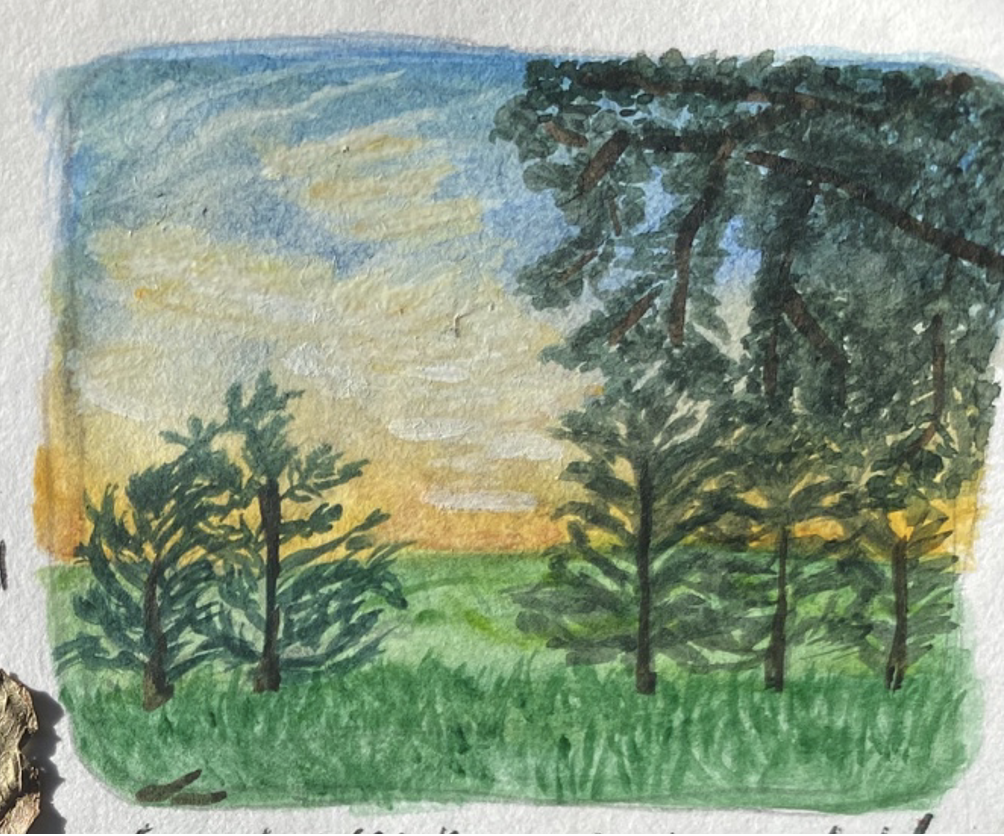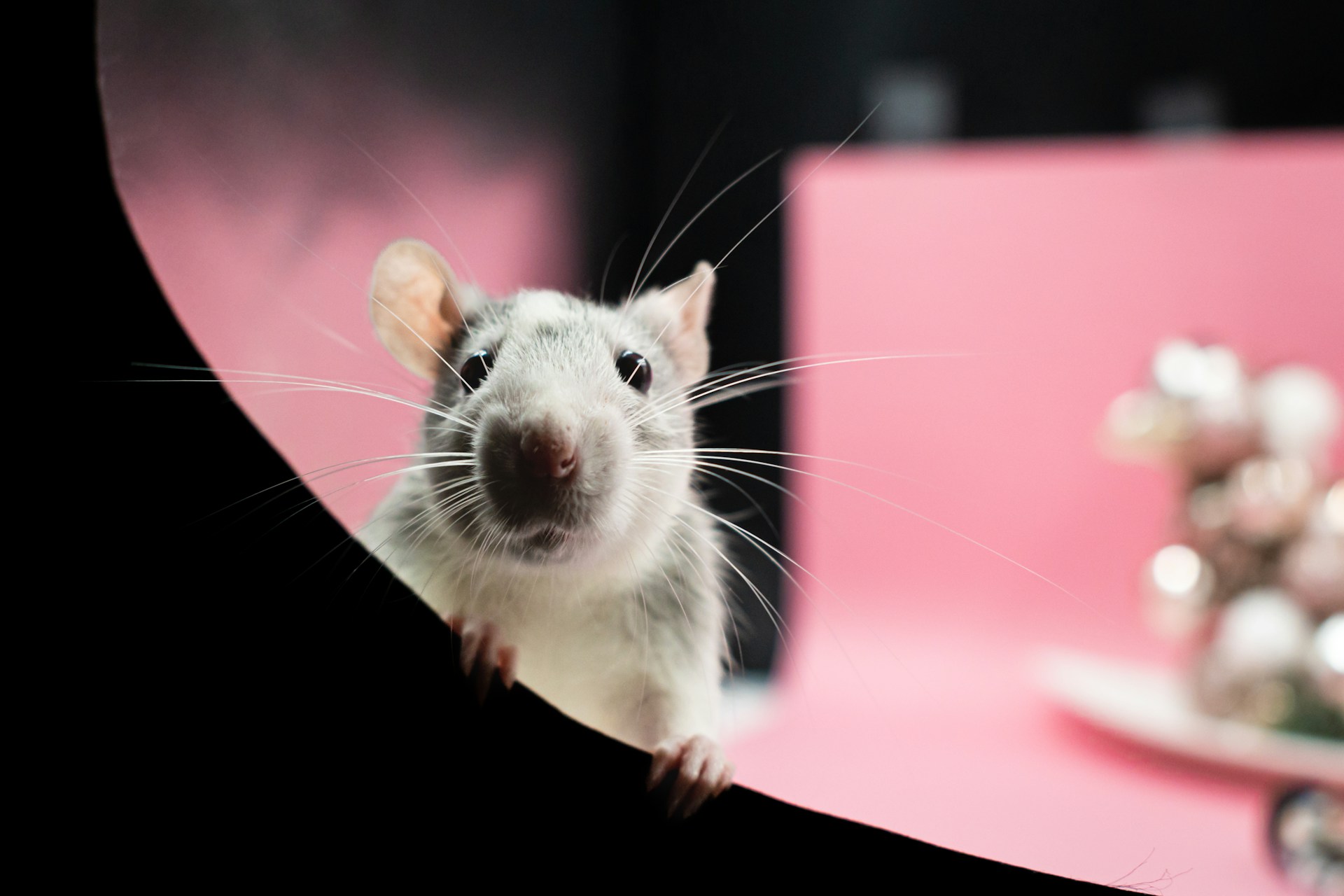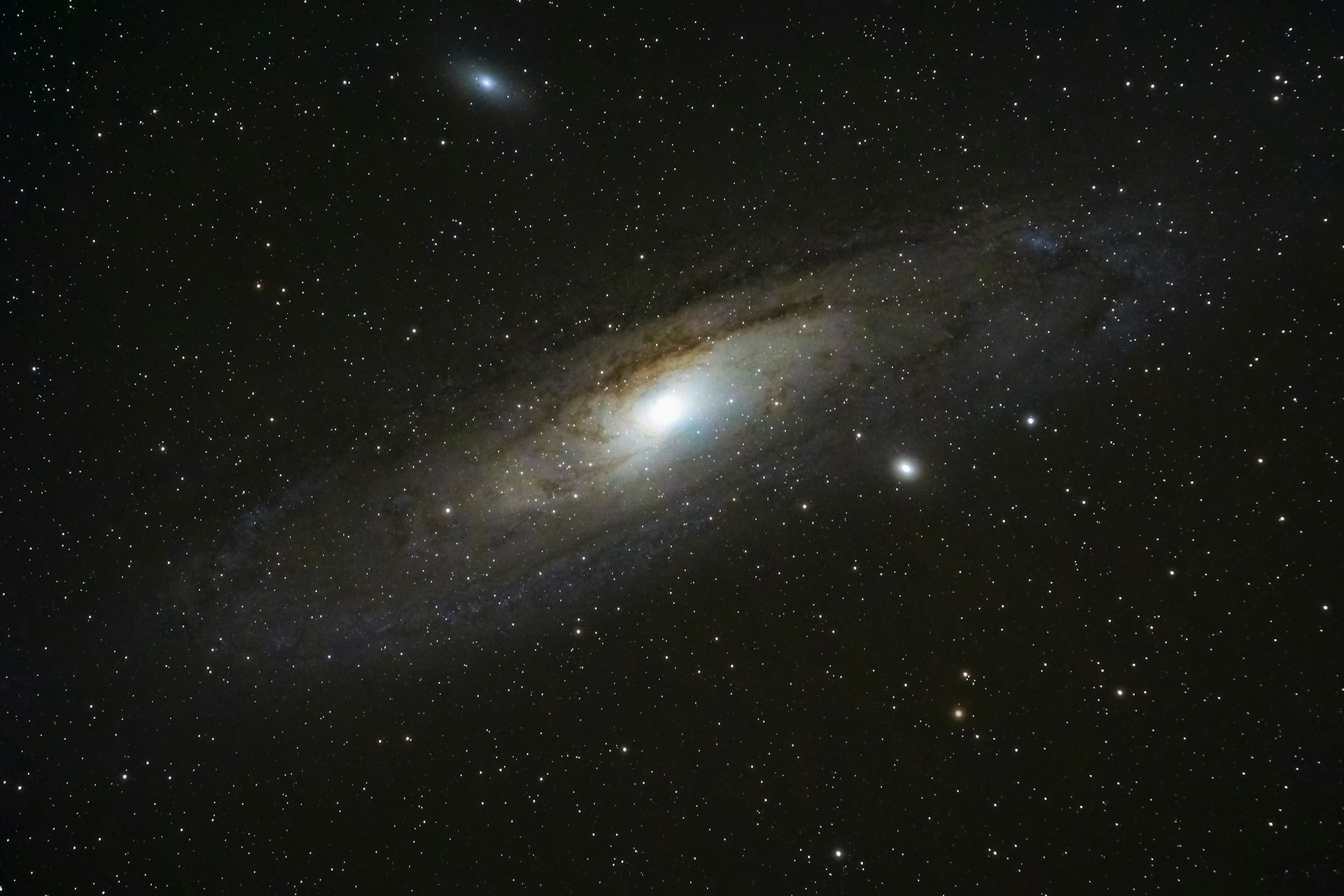It is unequivocal that humans are a problem to the natural world. Despite also being the solution, money dominates the minds of those in power. Photo credit: Jiya Soomal.
In recent years, the global climate and biodiversity crisis has highlighted that we are a society that has prioritised economic development at the expense of environmental protection. Scientific solutions to the crisis are being employed, such as pointed conservation strategies and sustainability targets. However, nature is still being exploited due to mass consumption from microtrends and food waste. Research has revealed that to implement more green solutions, we need to fix our broken relationship with nature with the view that a commodity that is not valued cannot be protected.
To tackle long term environmental issues, researchers suggest improving our societal connection to nature. As Sir David Attenborough has said, ‘No one will protect what we don’t care about; no one will care about what they have never experienced’. Nature connection means experiencing and showing compassion for the environment as naturalists do. Naturalists study the natural world; they observe how organisms and their environments co-exist—not to be confused with naturists who instead bare-all and can be described as being in a state of nature.
Nature is still being exploited due to mass consumption from microtrends and food waste.
Public initiatives such as recycling, planting bee friendly flowers, and having a plant-based diet are essential. However, the uptake of environmentally friendly activities has been slow in many countries. Many researchers have attributed this to our lack of Human Nature Connectedness (HNC) which is defined as the ‘extent to which humans see themselves as part of nature’. With 55% of people living in urban areas, it is not a surprise that many feel detached from the diversity of life on Earth.
Humans are a part of nature, with society influencing nature and vice versa. We rely on nature for ecosystem services, such as food, water, and land. Nature can deeply affect human populations—usually positively. For example, nature provides incomes in the agricultural or fishing industry. We can see that as climate change progresses, the livelihoods of farmers are being challenged showing nature benefits us. Nature also improves mental health and creates breathable, clean air that many cities around the world are currently lacking. Currently, there are more deaths due to poor air quality than HIV and malaria combined. Therefore, humans are reliant on nature for our physical and mental health.
Human beings can also drastically impact the natural landscape, as evidenced by the extensive palm oil plantations in Borneo which have converted diverse tropical forests into monocultures. Our influence has been widespread and significant enough to spur the ‘Sixth Mass Extinction’ event. This relationship with nature is evident in the refugee crisis that is arising out of the climate crisis. An increase in extreme weather patterns is causing the displacement of human and wildlife populations. Our actions over the last few hundred years have had such a profound impact on nature that we have created unliveable environments—we have bitten the hand that feeds us. This highlights the societal disregard for nature and the fundamental need to do something about it.
Our actions over the last few hundred years have had such a profound impact on nature that we have created unliveable environments—we have bitten the hand that feeds us.
However, the individual can only do so much. It is also important we acknowledge the impact politics can have on the environment. Conservation research and programs require funding and support from external organisations so, unfortunately, political and social opinions in a country can impact the health of their ecosystems. The election of Brazilian president Jair Bolsonaro in 2019 led to a surge in deforestation of the Amazon and a low point in the funding for scientific research. Increasing nature connection among the public will ensure that politicians that damage the natural environment are not tolerated.
HNC is a philosophy that needs to be instilled in corporations as well. Large corporations significantly influence economic markets, sustainable practices, and environmental transparency. Therefore, there is a lot of focus on how large corporations can adopt sustainable practices. Since there is an economic value to nature due to the ecosystem services it provides, valuing the natural capital from these services can be useful in a practical sense.
Large organisations such as transnational corporations have a widespread effect on threatening wildlife populations because they operate globally and control markets. It has been suggested that 70% of greenhouse gas emissions are produced by only 100 companies. These organisations are ultimately driven by profit, so proposing the protection of nature for long term economic benefit could encourage corporations to adopt sustainable management schemes. This approach has been applied by implementing financial incentives for corporations to change their environmental policies. Globally, there has been adoption of renewable energy and sustainable management indicating this approach is effective.
However, viewing nature in a monetary way does not achieve the aims of greater HNC and can lead to ‘green washing’. Leading HNC researcher Miles Richardson outlines that the main aim of his research group is to shift attitudes from ‘mastery over nature’ to ‘stewardship of nature’. Shifts in attitudes will ultimately lead to shifts in actions to protect nature. Research has shown that viewing nature from the perspective of financial gain does not increase active and successful conservation action.
In this view, solutions to the climate crisis should not just focus on the economic sphere but also on our societal connection to nature. Whilst corporations are important, their actions can be influenced by how individuals consume, spend money, and prioritise nature. In addition, the root cause of the climate crisis was ultimately viewing nature in an economic lens. Thus, for long term conservation, HNC proposes we tackle that thinking. In summary, HNC is more about viewing yourself as a part of nature, rather than viewing nature as something to use.
You might wonder: How do I become more nature connected? The answer seems quite intuitive—spend more time in nature. However, to really change your connection with nature you need to spend more intentional, present time in nature.
Richardson and his team have identified 5 ways to be connected to nature, which are:
- Experience nature with all your senses – sight, touch, smell, hearing.
- Feel and acknowledge what emotions nature evokes in you.
- Notice the beauty of nature.
- Reflect on the meaning that nature brings to our lives, such as memories, significant places, seasons, etc.
- Care and protect nature, showing compassion for nature.
I find that nature journaling, a habit of mine, addresses the first four of these points. Nature journaling is writing, drawing, painting about the nature we see in front of us every day. I can slow down and mindfully observe the nature around me, considering what I can see, touch, smell and hear. There are also a variety of journal prompts that can spur thinking about nature is new ways. An example prompt would be: ‘What is your first childhood memory of nature?’. Nature journaling involves exposure to nature which has been shown to be positively correlated to nature conservation action. Thinking about nature in new ways allows us to form memories around nature and thus, we are much more likely to want to protect it.

Seeing the beauty in nature is a part of nature journaling. We have a cultural propensity to see and acknowledge beauty in a variety of ways, such as through film, meditations, art, narratives, song, rhapsodies, and this all applies to nature too. I choose painting as my medium and in depicting a landscape, fauna, or flora I can pick apart the diversity of life that we often just walk past on our commute to lectures.
Other art forms could be equally as rewarding. Wildlife photography is a great way to engage with nature and a simple one that can be done with limited time on a smartphone. Poetry is another form I recently have come across and started to explore. This poem called ‘The Peace of Wild Things’ by Wendell Berry is something I resonated with recently:
When despair for the world grows in me
and I wake in the night at the least sound
in fear of what my life and my children’s lives may be,
I go and lie down where the wood drake
rests in his beauty on the water, and the great heron feeds.
I come into the peace of wild things
who do not tax their lives with forethought
of grief. I come into the presence of still water.
And I feel above me the day-blind stars
waiting with their light. For a time
I rest in the grace of the world, and am free.
Naturalists have been doing this very thing for decades. That outdoorsy, eccentric, countryside neighbour is within all of us, and maybe we’ll even take up bird watching before the age of 50.
As a biology student, I am equally interested in the scientific names of species I come across, what their ecology is, what their native ranges are, and what I can do to help conserve them. Viewing nature from a purely scientific point of view is not HNC, which is why I have had to go beyond the scientific journal and venture into nature myself. In fact, in a talk I attended, Richardson explained that scientific study of nature does not lead to greater HNC. Whilst biologists do much for conservation, the way of viewing nature in a purely logical way does not seem to lead to emotive changes that led to positive associations with nature.
HNC can be increased by clever urban planning spearheaded by government schemes. Companies such as EarthWatch are building ‘Tiny Forests’ in large cities to expose people to nature. Such initiatives operate at a governmental level looking at how entire cities can promote HNC and involve considerations from a range of specialist fields like ecology, architecture, and psychology. The success of these programs shines a positive light on our path to HNC, but much is still to be done.
Furthermore, additional work needs to be done to ensure sustainability measures are voluntarily implemented. Whilst greater HNC is an important aspect of our societal contribution to protecting the environment, there is a knowledge-action gap. This is the idea that the public know what needs to be done but do not know how to do it.
Environmentalism taught in schools is often too general to be applicable. As a result, HNC needs to be accompanied by other initiatives like integrating sustainable practices into schools and teaching younger generations how to connect with nature (e.g., spending time in nature on school trips or drawing natural landscapes in art classes). The synergetic effect of increasing HNC, increasing scientific understanding of our environment and better science communication can be significant. This is why research teams are finding out the most effective ways to spur a cultural change in the way we view the natural world and our part in it. I hope we will see the beauty within nature and take the actions needed to preserve it.





